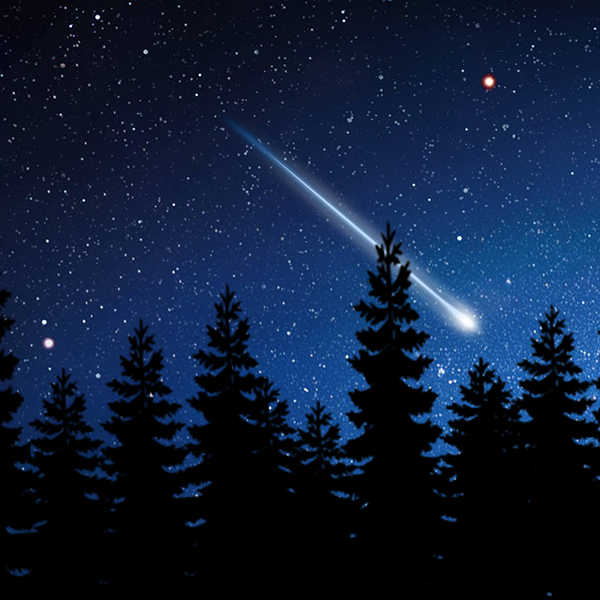The lack of immediate reports of damage or panic suggests this event was primarily a visual spectacle, but it reignites discussions on planetary defence mechanisms.
The space object's trajectory and disintegration into sparks, as seen in the video, align with typical fireball behaviour, where atmospheric friction causes the object to break apart.
 This event, occurring amidst ongoing geopolitical tensions in Russia, might also prompt considerations of whether such natural phenomena could be misinterpreted in a conflict zone,
This event, occurring amidst ongoing geopolitical tensions in Russia, might also prompt considerations of whether such natural phenomena could be misinterpreted in a conflict zone, adding a layer of complexity to its observation.
The video's documentation provides valuable data for astronomers studying meteor trajectories and atmospheric interactions.
From the
Watchers
The event coincided with the active period of the
Southern Taurids meteor stream, which is known for producing slow, bright fireballs in late October and early November. The apparent velocity and color characteristics correspond well with Taurid-type meteoroids traveling at about 28 km/s (17 mps).
Footage shows multiple short flares along the trajectory, indicating successive fragmentation as the meteoroid encountered increasing aerodynamic stress. The luminous trail faded within seconds, leaving a faint residual glow that dispersed in the upper atmosphere.
In addition, no records from Russian or international authorities list any artificial object expected to re-enter over European Russia at that time. Both global and regional orbital-tracking bulletins contain no scheduled decays or uncontrolled re-entries for the Moscow latitude band during the October 27 window. In combination with the observed morphology and brief duration, this effectively rules out space debris as a source.
Today’s bolide over Moscow ranks among the brightest confirmed over the region in recent years and adds to the growing record of slow, green fireballs documented during the late-October meteor streams.

 fireball.amsmeteors.org
fireball.amsmeteors.org


